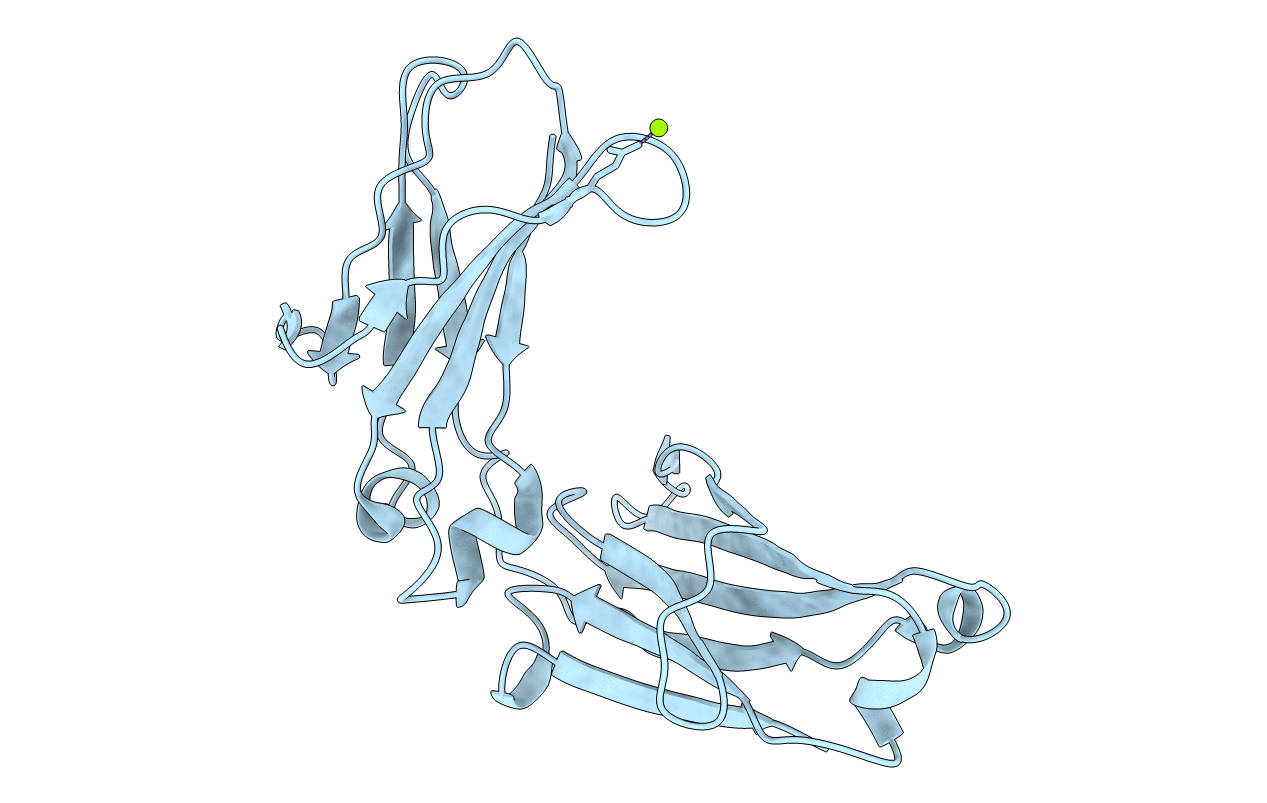
Deposition Date
2009-05-23
Release Date
2009-11-10
Last Version Date
2024-10-30
Method Details:
Experimental Method:
Resolution:
2.50 Å
R-Value Free:
0.30
R-Value Work:
0.24
R-Value Observed:
0.24
Space Group:
P 61 2 2


